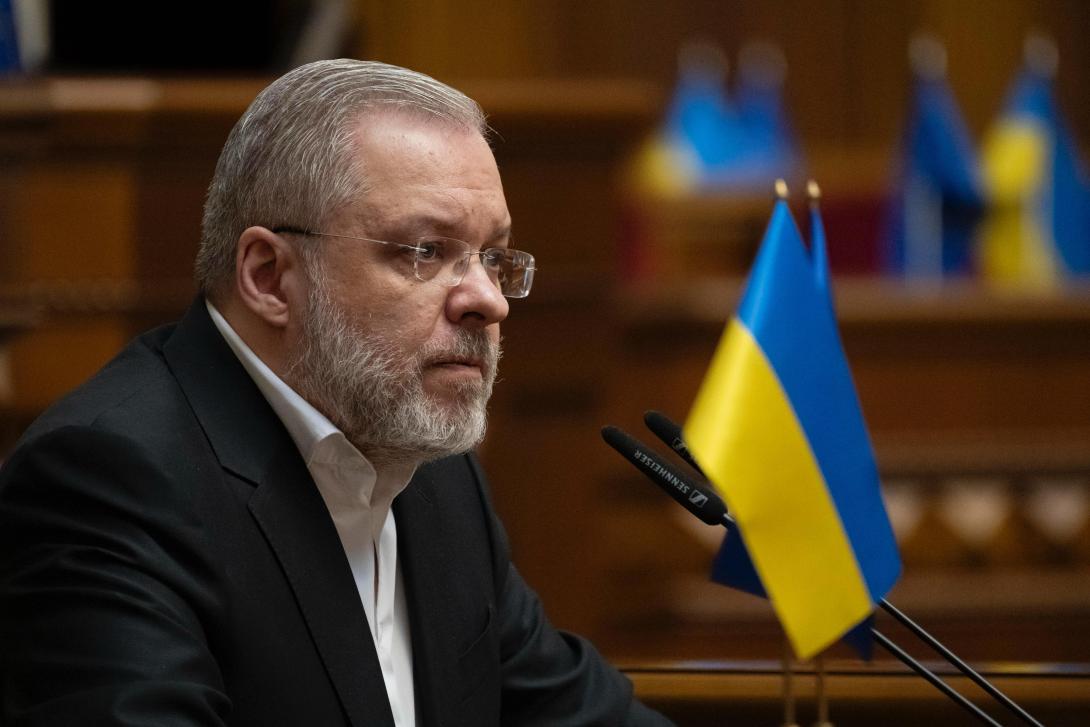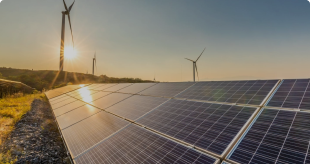The Ministry of Energy is taking all necessary measures to ensure the successful passage of the autumn-winter period of 2025/26.
This was stated by the Minister of Energy of Ukraine, German Galushchenko, during the Government Q&A session in the Verkhovna Rada of Ukraine.
According to the Minister, the system is currently operating in a stable mode, and consumers are being supplied with the necessary electricity.
However, the situation remains difficult due to the unprecedented attacks by the enemy on the energy system, which occurred over the past year and are still ongoing.
Key points of the speech:
-
First of all, the issue of gas resources. We are working to ensure the necessary volume of gas for the upcoming season, even considering the possibility of increased gas consumption due to its use for power generation.
-
Second is the issue of coal resources. Currently, we have 2.6 million tonnes in storage. According to the accumulation and consumption schedules, we will have the required amount of this resource for the next heating season.
-
The third issue is nuclear fuel. We also currently have the necessary reserves and resources of nuclear fuel to get through the next heating season without issues.
Regarding the structure of generation capacities in the energy system:
-
As in previous years, nuclear generation will carry the main load during the upcoming heating season. In peak hours, it has generated up to 60% of all electricity. Importantly, we have scheduled repairs in a way that all 9 nuclear units located in territory under Ukrainian control will operate throughout the autumn-winter period. This was also the case during the previous heating season. Therefore, ensuring the stable operation of the energy system—even under attack—is a key priority.
-
Next is thermal generation. Unfortunately, it has been heavily targeted. The system has been under attack since 2022, and we have suffered significant losses. To this day, the repair campaign has not stopped for a single day. That is, repairs at generation facilities are ongoing 24/7. Since March 2024, when up to 10 GW of our generation was damaged or destroyed, we have already restored over 5 GW—almost 6 GW. We have a clear recovery plan in place to restore more by the end of the year. For security reasons, we cannot disclose specific details. All of these efforts are aimed at ensuring the balancing of the energy system, including electricity supply during peak load hours.
-
The third element is hydropower. Unfortunately, hydropower facilities have also been under massive and continuous attacks. As a result, there are considerable losses. But by the start of the heating season, we aim to reach the maximum possible capacity.
To summarize the general situation in the energy sector:
Let me remind you that there were 33 attacks on the energy infrastructure over the past year—thousands of missiles, tens of thousands of drones. This situation undoubtedly affects electricity generation, transmission, and distribution. Still, we are preparing for another wartime heating season. Therefore, from the standpoint of technical solutions and so-called passive protection measures, all necessary work is being carried out.
Regarding additional so-called small-scale generation that was installed last year—we are continuing to implement respective plans this year as well.
Thanks to this distributed generation, peak loads on the system have decreased. This is crucial because it makes balancing the system easier even during ongoing enemy attacks. Furthermore, decentralized small-scale generation has been addressed at the regional level. At the end of last year, we approved Energy Security Passports for each region. These define specific locations where such generation can be installed, including types, technologies, and connection paths to the grid.









